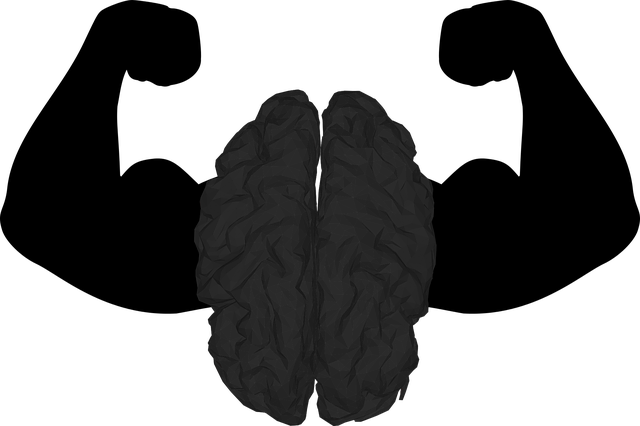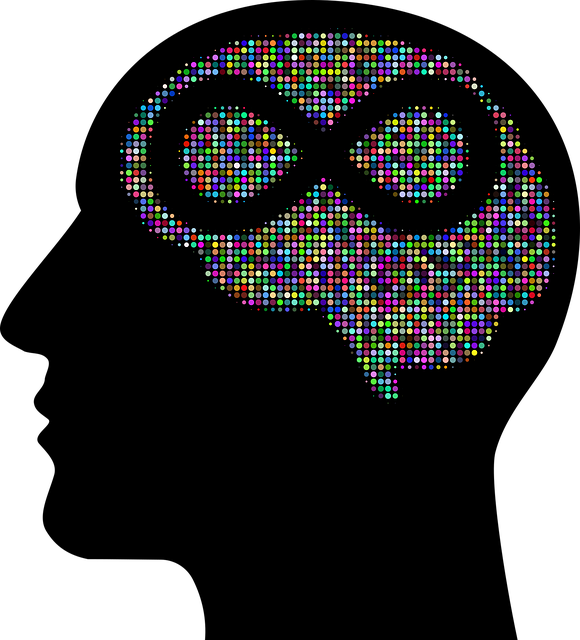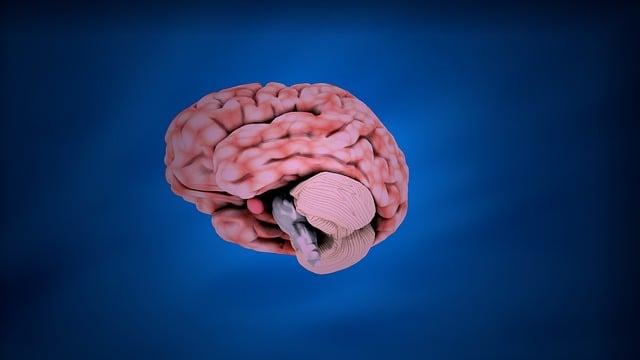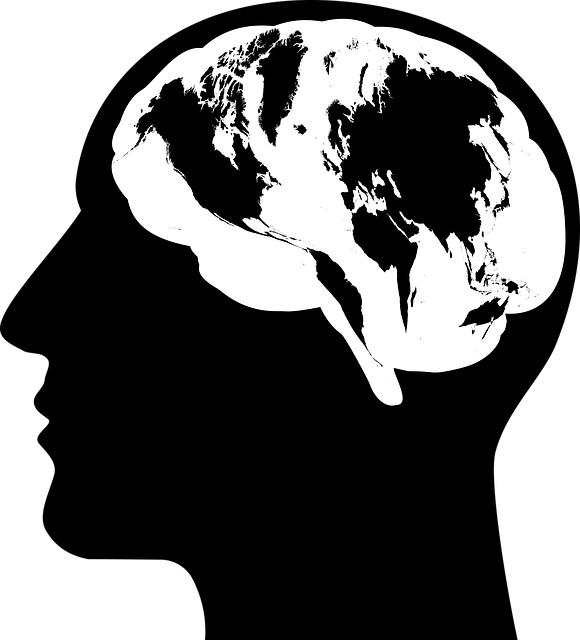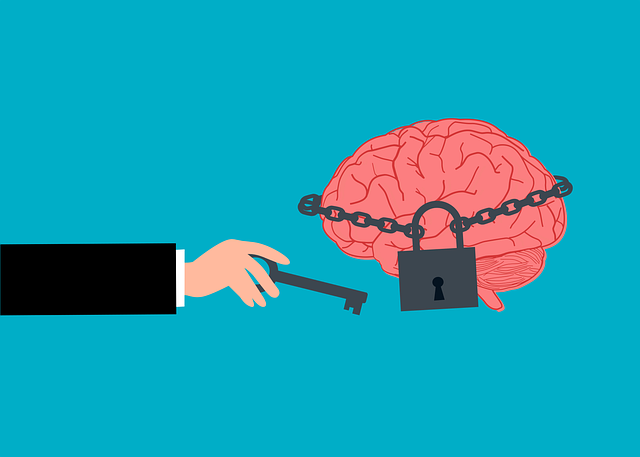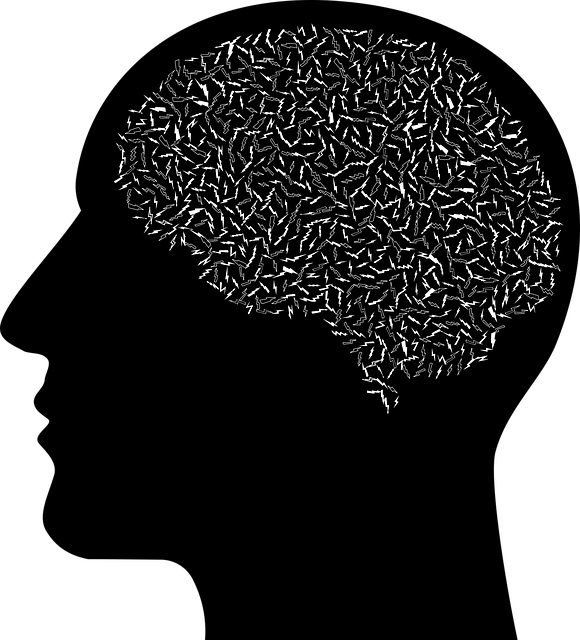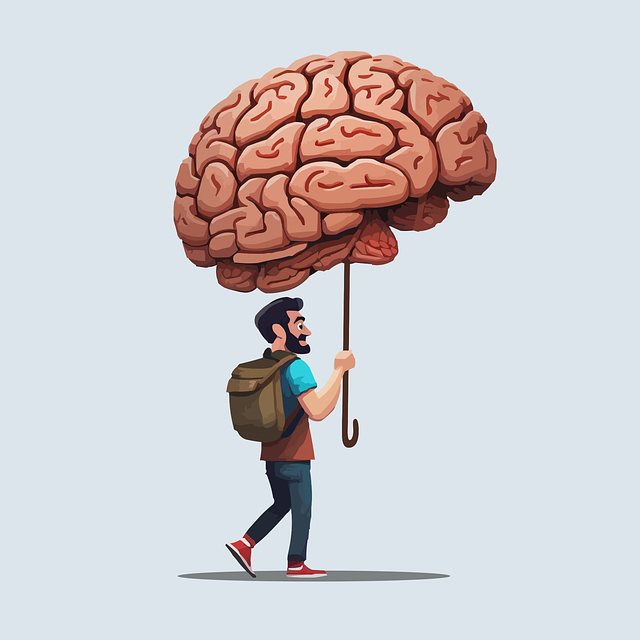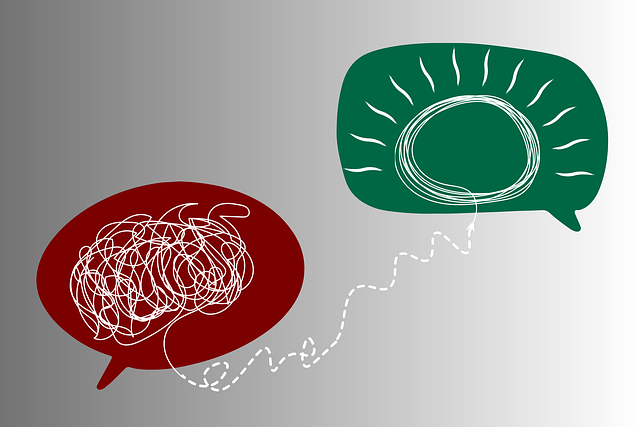Golden Developmental Disability Therapy (GDDT) prioritizes risk assessment as a foundational practice, focusing on proactive harm minimization through comprehensive strategies. Therapists identify physical, social, and emotional risks, addressing unique challenges like learning difficulties and sensory processing issues. Key methods include Burnout Prevention, Confidence Boosting, Mental Wellness Coaching, and mood management techniques. A holistic approach empowers individuals with GDD to enhance their well-being, achieve growth, and navigate life transformations. Continuous support mechanisms, regular strategy updates, and open communication ensure the effectiveness of these plans. Integrated initiatives like public awareness campaigns further promote understanding and supportive environments for individuals with developmental disabilities.
Risk assessment and harm minimization planning are essential components of effective Golden Developmental Disability therapy. This article delves into the critical process of understanding risk assessment as a cornerstone of developmental therapy, identifying potential harms and vulnerabilities specific to Golden Developmental Disability, and developing comprehensive minimization plans. We explore practical strategies for safe practice, implementation, and monitoring to ensure continuous support and improvement in therapy outcomes.
- Understanding Risk Assessment: A Cornerstone of Developmental Therapy
- Identifying Potential Harms and Vulnerabilities in Golden Developmental Disability
- Developing a Comprehensive Minimization Plan: Strategies for Safe Practice
- Implementation and Monitoring: Ensuring Continuous Support and Improvement
Understanding Risk Assessment: A Cornerstone of Developmental Therapy

Risk assessment is a fundamental aspect of developmental therapy, serving as the cornerstone upon which effective harm minimization planning is built. It involves meticulously analyzing potential hazards and their likelihood, enabling therapists to proactively address challenges that may impede an individual’s growth and well-being. By employing evidence-based methods, therapists can identify areas of concern, whether related to physical safety, social interactions, or emotional regulation. This proactive approach ensures that the therapy process is tailored to meet each client’s unique needs.
In the context of Golden Developmental Disability Therapy, risk assessment becomes a dynamic tool for fostering personal growth and enhancing quality of life. By integrating conflict resolution techniques and promoting positive thinking, therapists can facilitate self-esteem improvement, empowering individuals to navigate their environment with greater confidence. This holistic perspective not only minimizes potential harms but also paves the way for transformative change, allowing clients to embrace new opportunities and achieve their full potential.
Identifying Potential Harms and Vulnerabilities in Golden Developmental Disability

Identifying potential harms and vulnerabilities is a critical step in risk assessment for individuals with Golden Developmental Disabilities (GDD). This involves carefully examining various aspects of their lives, including physical health, social interactions, and emotional well-being. Professionals must be attuned to unique challenges that may arise due to the specific nature of GDD, which can include learning difficulties, communication barriers, and sensory processing issues. By recognizing these potential risks early on, therapists can tailor interventions accordingly, ensuring a more effective and inclusive therapeutic process.
Incorporating strategies such as Burnout Prevention for Healthcare Providers, Confidence Boosting techniques, and Mental Wellness Coaching Programs can significantly contribute to the overall harm minimization plan. These approaches not only support the individual with GDD but also empower their caregivers and therapists, fostering an environment where everyone involved feels equipped to navigate challenges effectively. Tailoring these programs to meet the specific needs of individuals with GDD ensures a holistic approach to care, enhancing their overall quality of life.
Developing a Comprehensive Minimization Plan: Strategies for Safe Practice

Developing a comprehensive minimization plan is an integral part of risk assessment and harm minimization in various fields, including developmental disability therapy. This strategic approach ensures that potential risks are identified and managed effectively, fostering a safer environment for individuals with disabilities. A well-crafted plan involves several key strategies. One such strategy is implementing robust communication channels to ensure clear and consistent information dissemination among all stakeholders.
Additionally, integrating evidence-based practices like mood management techniques and emotional well-being promotion can significantly contribute to risk minimization. For instance, guiding clients through mental wellness journaling exercises can provide them with tools to express and manage their emotions effectively. This proactive approach not only enhances self-awareness but also serves as a valuable resource for tracking emotional patterns and identifying potential triggers, thereby promoting overall mental wellness.
Implementation and Monitoring: Ensuring Continuous Support and Improvement

The successful implementation of risk assessment and harm minimization planning relies heavily on continuous support and improvement mechanisms. This involves regular reviews and updates to strategies based on evolving circumstances and emerging best practices, ensuring that measures remain effective and relevant. A key aspect is fostering a culture of open communication where all stakeholders—from healthcare professionals to the public—can contribute insights and feedback.
Integrating initiatives like Public Awareness Campaigns for Mental Health Education Programs Design can significantly enhance understanding and support for individuals with developmental disabilities, such as those in Golden Developmental Disability Therapy. By keeping lines of communication open, these programs help identify potential risks early on and promote proactive harm minimization. Additionally, they contribute to burnout prevention among care providers by raising awareness and encouraging a collective effort towards fostering supportive environments.
Risk assessment and harm minimization planning are essential components of providing safe and effective therapy for individuals with Golden Developmental Disability. By understanding the unique risks and vulnerabilities associated with this condition, therapists can develop comprehensive minimization plans tailored to each client’s needs. Continuous implementation and monitoring of these strategies ensure ongoing support and improvement in therapeutic outcomes, ultimately enhancing the quality of life for those navigating the challenges of Golden Developmental Disability Therapy.

